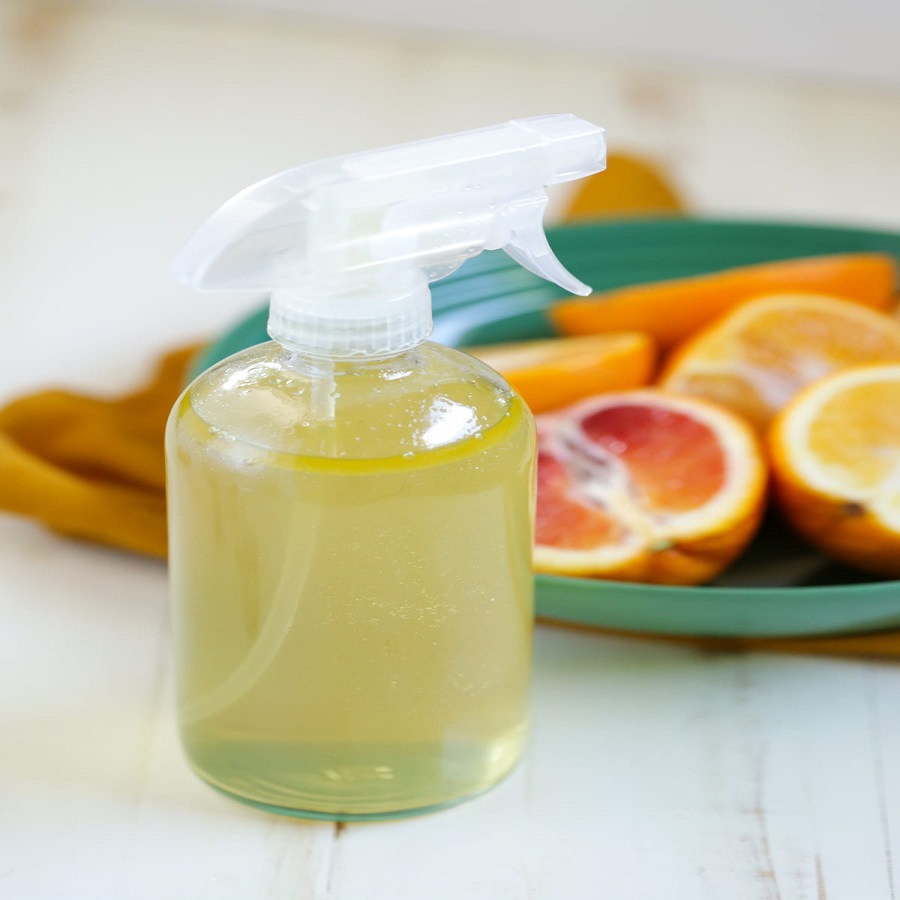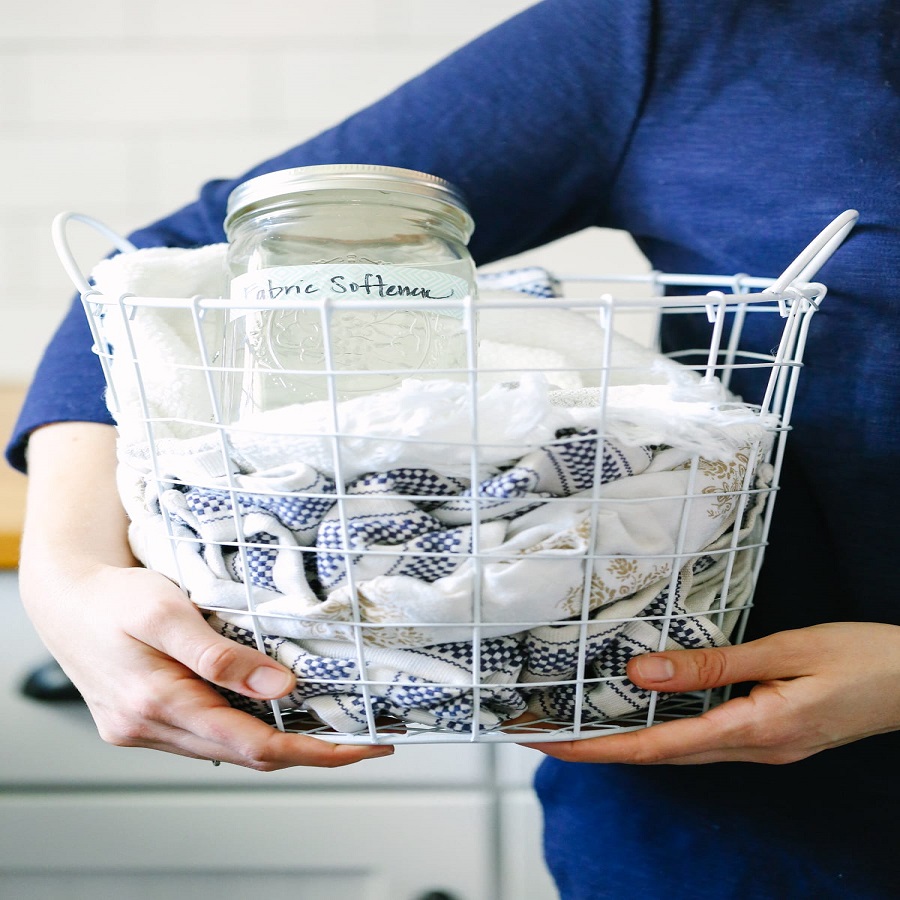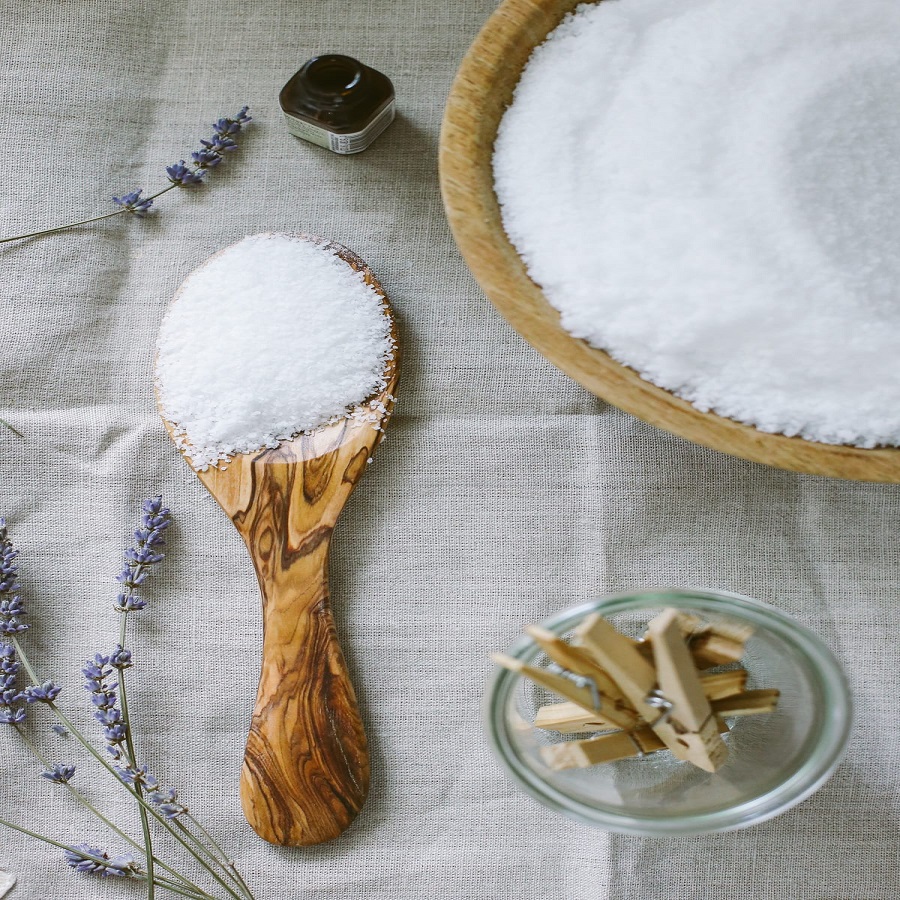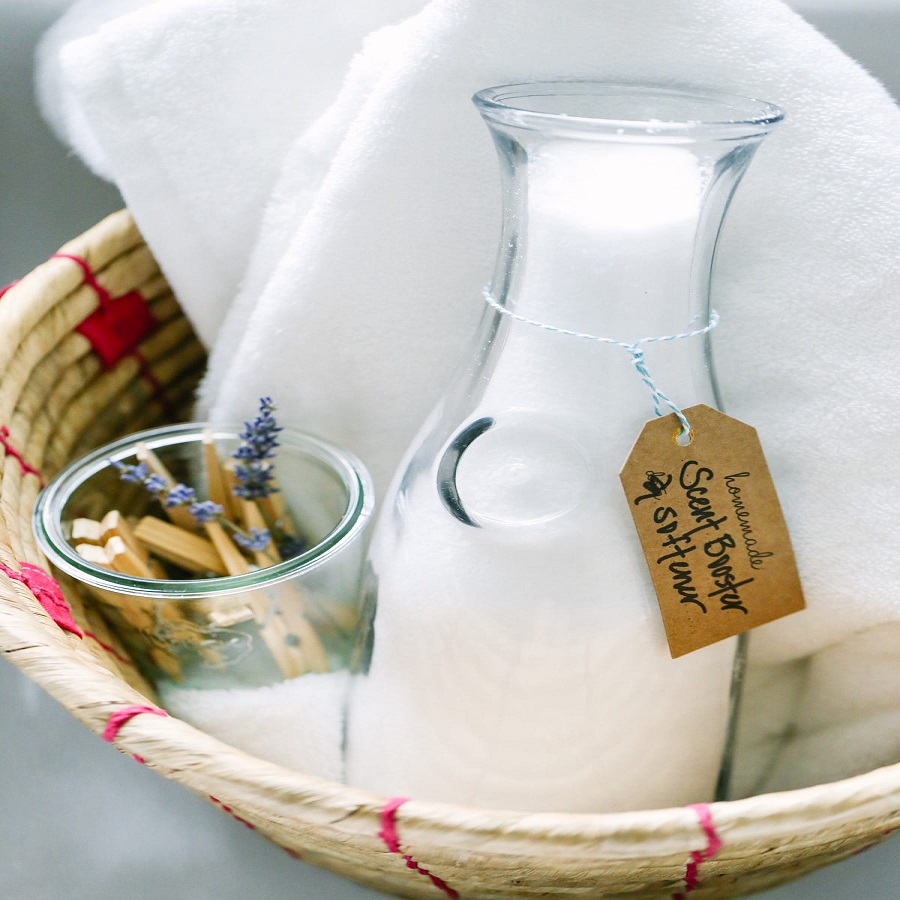Introduction to DIY Air Fresheners
Why Choose Homemade Air Fresheners?
Air fresheners are a staple in many homes, offering a quick solution to unpleasant odors and a way to infuse a room with pleasant scents. However, commercial air fresheners often contain synthetic chemicals that may be harsh on the environment and your health. Creating your own air freshener at home allows you to control the ingredients, ensuring a more natural and personalized solution. Homemade air fresheners can also be more cost-effective and provide a unique touch to your home’s ambiance.
Benefits of Using Fabric Softener and Salt
Fabric softener and salt may not be the first ingredients that come to mind for an air freshener, but they are surprisingly effective. Fabric softener not only imparts a fresh, clean scent but also has odor-neutralizing properties. Salt, on the other hand, helps to absorb moisture and odors, making it an ideal component for a homemade air freshener. Together, these ingredients create a powerful, yet gentle, air freshener that can enhance the atmosphere in any room.

Materials Needed for Homemade Air Freshener
Essential Ingredients
To make a homemade air freshener with fabric softener and salt, you’ll need just a few simple ingredients. These include:
- Fabric Softener: Choose a fabric softener with your favorite scent. Opt for a concentrated formula for stronger fragrance.
- Salt: Regular table salt works well, but you can also use sea salt for a more natural option.
- Water: Plain water acts as the base for the air freshener and helps to dilute the fabric softener.
- Optional Additives: You may include essential oils for additional fragrance or a few drops of vinegar for enhanced odor neutralization.
Tools Required
In addition to ingredients, you will need a few tools to create your air freshener:
- Spray Bottle: A clean spray bottle is essential for mixing and dispensing your air freshener.
- Measuring Cups: Accurate measurements ensure the right balance of ingredients.
- Mixing Spoon or Whisk: For combining the ingredients effectively.
Step-by-Step Instructions
Preparing the Solution
To start, you need to prepare the air freshener solution. Begin by measuring 1 cup of water and pouring it into the spray bottle. Next, add 2 tablespoons of fabric softener. The fabric softener’s concentration will determine the strength of the fragrance, so adjust according to your preference.
Adding Salt
Add 1 tablespoon of salt to the mixture. The salt helps to absorb odors and ensures that the fragrance is evenly distributed throughout the room. Shake the bottle gently to dissolve the salt completely. If you find that the salt does not dissolve easily, you can warm the water slightly before mixing.
Optional Additions
For an extra boost of fragrance or added benefits, consider adding essential oils to your mixture. A few drops of lavender, lemon, or eucalyptus essential oil can complement the fabric softener’s scent. If you prefer, you can also add a teaspoon of white vinegar to help neutralize strong odors.

How to Use Your Homemade Air Freshener
Application Techniques
Once your air freshener is prepared, it’s ready for use. Shake the spray bottle well before each use to ensure that the ingredients are properly mixed. Hold the bottle about 6-12 inches from the area you want to freshen and spray evenly. Avoid over-spraying, as too much liquid can cause dampness.
Optimal Usage Locations
This air freshener is versatile and can be used in various locations throughout your home. Use it in rooms where odors are prevalent, such as the kitchen or bathroom. It’s also effective in refreshing living spaces, bedrooms, or even your car. Be mindful of fabric surfaces, as excessive spraying might cause staining.
Benefits of Homemade Air Fresheners
Health and Environmental Advantages
Homemade air fresheners offer several benefits over commercial products. They are free from synthetic chemicals and potentially harmful substances, making them a safer choice for individuals with allergies or respiratory issues. Additionally, by using natural ingredients, you contribute to a more environmentally friendly household.
Cost-Effectiveness
Creating your own air freshener is not only environmentally friendly but also budget-friendly. Fabric softener and salt are inexpensive and readily available, making this DIY recipe a cost-effective alternative to store-bought air fresheners. By using these ingredients, you can save money while still enjoying a pleasant-smelling home.
Troubleshooting Common Issues
Overpowering Fragrance
If you find the fragrance too strong, dilute the solution with additional water. Start by adding small amounts and testing the scent until it reaches your desired strength. Remember that fabric softeners are concentrated, so a little goes a long way.
Residue or Staining
If you experience residue or staining from the air freshener, reduce the amount of fabric softener used in the mixture. Ensure that you shake the bottle well before use to prevent settling. Test the air freshener on a small, inconspicuous area before using it widely.

Enhancing Your Air Freshener Recipe
Experimenting with Scents
Feel free to experiment with different fabric softener scents and essential oils to create a personalized fragrance profile. Mixing various essential oils can also yield unique and pleasant scents. Consider creating seasonal or themed air fresheners for special occasions.
Adding Color or Texture
For a decorative touch, you can add a few drops of food coloring to the solution. This will give your air freshener a visually appealing hue. Additionally, adding dried herbs or spices, such as cinnamon sticks or lavender buds, can enhance the fragrance and make the air freshener more visually interesting.
Exploring Alternative Ingredients
Using Essential Oils for a Custom Scent
Essential oils are a fantastic addition to homemade air fresheners, offering a natural way to enhance the fragrance of your space. Each essential oil has its own unique properties and scent profile. For example, lavender is known for its calming and relaxing effects, while citrus oils like lemon or orange can invigorate and energize a room. To incorporate essential oils into your air freshener, add 10-15 drops of your chosen oil to the mixture. Experiment with different combinations to create a scent that best suits your preferences and needs.
Incorporating Natural Deodorizers
In addition to salt, other natural deodorizers can be used in your air freshener recipe. Baking soda is a well-known odor absorber and can be included to enhance the neutralizing effect. Simply add 1 tablespoon of baking soda to your mixture along with the salt. Another option is activated charcoal, which is highly effective at trapping and eliminating odors. Place a small amount in a mesh bag or container and place it near the air freshener to boost its effectiveness.
Creating Seasonal Variations
Spring and Summer Scents
Seasonal variations can add a refreshing touch to your homemade air fresheners. For spring and summer, consider using scents that evoke freshness and vibrancy. Ingredients like lemon, mint, and floral essential oils (such as rose or jasmine) can create a light and uplifting atmosphere. To make a springtime air freshener, mix fabric softener with water, add a few drops of lemon and lavender essential oils, and enjoy a scent that mirrors the rejuvenation of the season.
Conclusion
Enjoying a Fresher Home
Using a homemade air freshener with fabric softener and salt is a simple and effective way to enhance the scent of your home. By following the easy recipe and guidelines, you can create a personalized air freshener that not only freshens the air but also contributes to a healthier living environment. Enjoy the benefits of a fresh-smelling home while embracing a cost-effective and eco-friendly alternative to commercial products.
Embracing DIY Solutions
Making your own air freshener is just one example of how DIY solutions can improve your home life. By exploring other DIY projects and natural alternatives, you can continue to create a healthier, more sustainable, and personalized living space.









